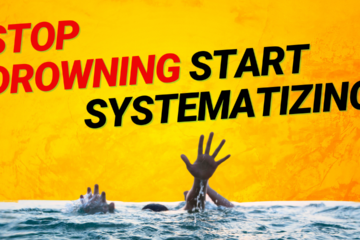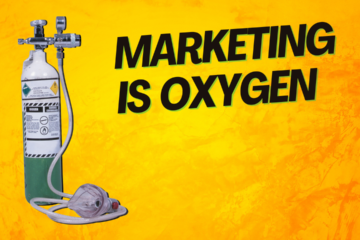How to Stop Drowning and Start Systematizing
I couldn’t breathe. Every time I kicked hard to get a gulp of air, I lost a little strength. The riptide pulled me out further. I sunk below the waves. I was pulled out of the ocean in Hawaii, glad to be alive. But then I returned home – to Read more…









